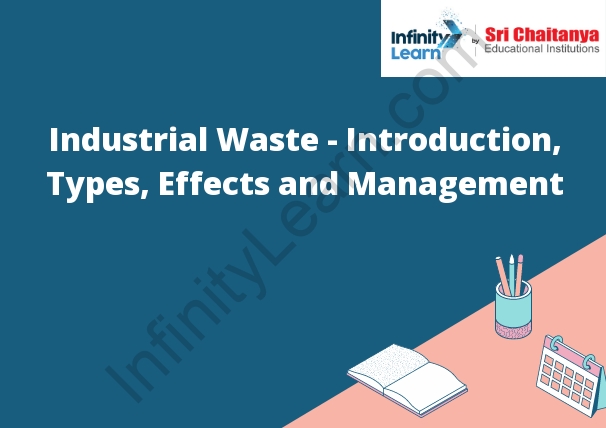Table of Contents
What is Industrial Waste? ;
Industrial waste is any type of waste that is produced as a result of industrial activity. This waste can come from a variety of sources, including factories, power plants, and mining operations. It can also come from commercial and residential buildings that use large amounts of energy.
Industrial waste can be hazardous to human health and the environment. It can contain toxic chemicals, heavy metals, and other pollutants that can contaminate soil, water, and air. As a result, it can cause serious health problems for people who are exposed to it and can damage ecosystems.
Industrial waste is a major global problem. In the United States, for example, it is estimated that the industrial sector generates nearly two billion pounds of hazardous waste each year. Much of this waste is not properly managed and ends up contaminating the environment.
There are a number of steps that can be taken to reduce the amount of industrial waste that is produced. These include investing in energy-efficient technologies, recycling and reusing materials, and reducing the use of harmful chemicals.

Types of industrial wastes
There are many types of industrial wastes, but some of the most common are solid wastes, wastewater, and air emissions.
Solid wastes can include things like manufacturing scrap, packaging materials, and chemical byproducts. Wastewater is created during the manufacturing process and can include things like solvents, acids, and metals. Air emissions can include things like exhaust fumes, particulates, and volatile organic compounds.
Effects of Industrial Waste on Marine Ecosystem
Industrial waste can have a devastating effect on marine ecosystems. Wastes such as oil and grease can coat the feathers of birds and the fur of mammals, preventing them from insulation and regulating their body temperature. This can lead to death from hypothermia in cold environments or hyperthermia in warm environments. Oil and grease can also clog the gills of fish, preventing them from getting enough oxygen to survive. Chemicals in waste can also be toxic to marine life, causing reproductive problems, deformities, and death.
Management of Industrial Waste
Industrial waste may be solid, liquid, or gas. It is created by industrial processes and includes both hazardous and nonhazardous waste. Industrial waste must be managed in a way that protects human health and the environment.
Solid industrial waste is usually collected in drums, sacks, or boxes. It is then transported to a landfill or incinerator. Liquid industrial waste is often collected in tanks or pipelines. It is then transported to a treatment plant where it is treated before being discharged into a river or the ocean. Gas industrial waste is often collected in vents or pipelines. It is then transported to a treatment plant where it is treated before being discharged into the atmosphere.






